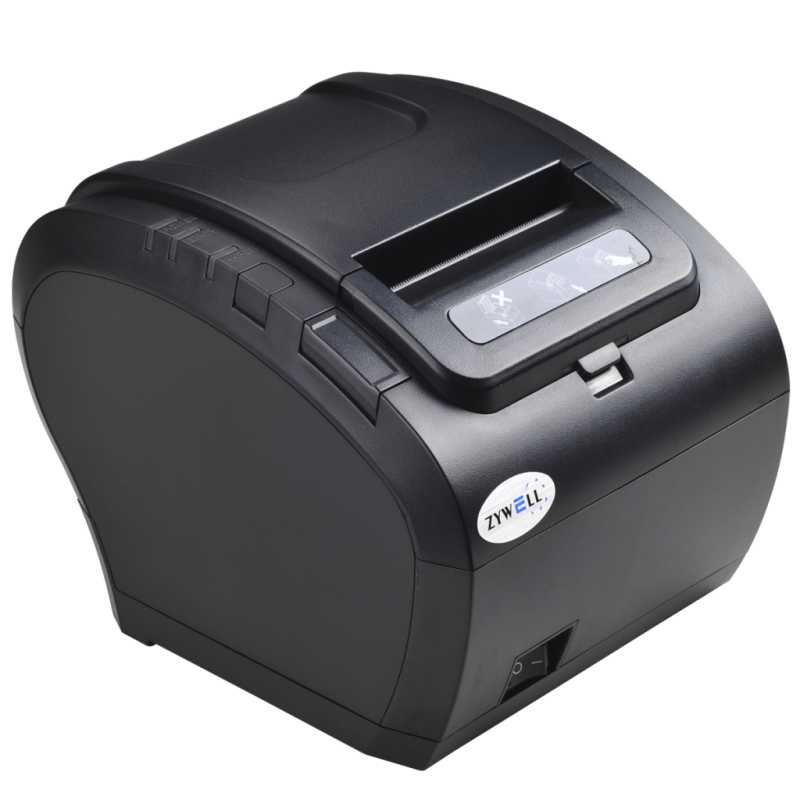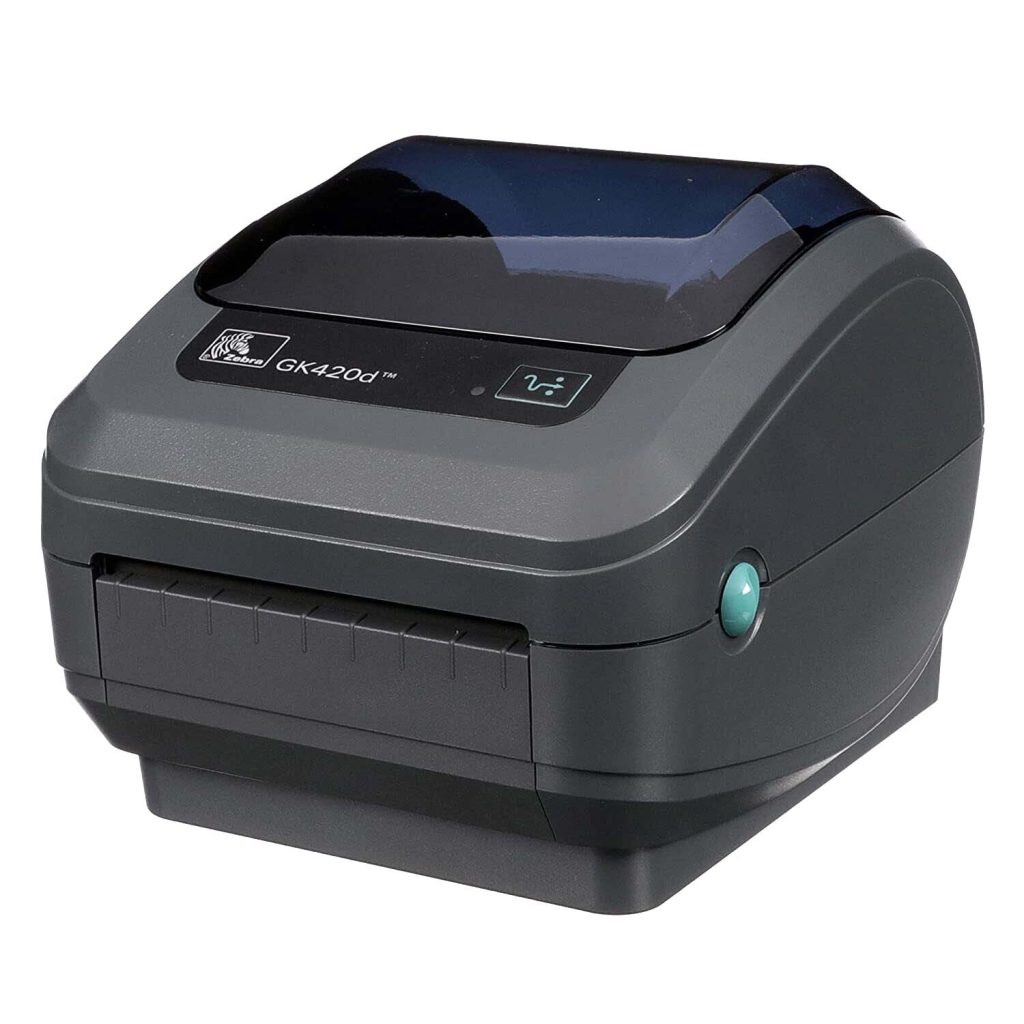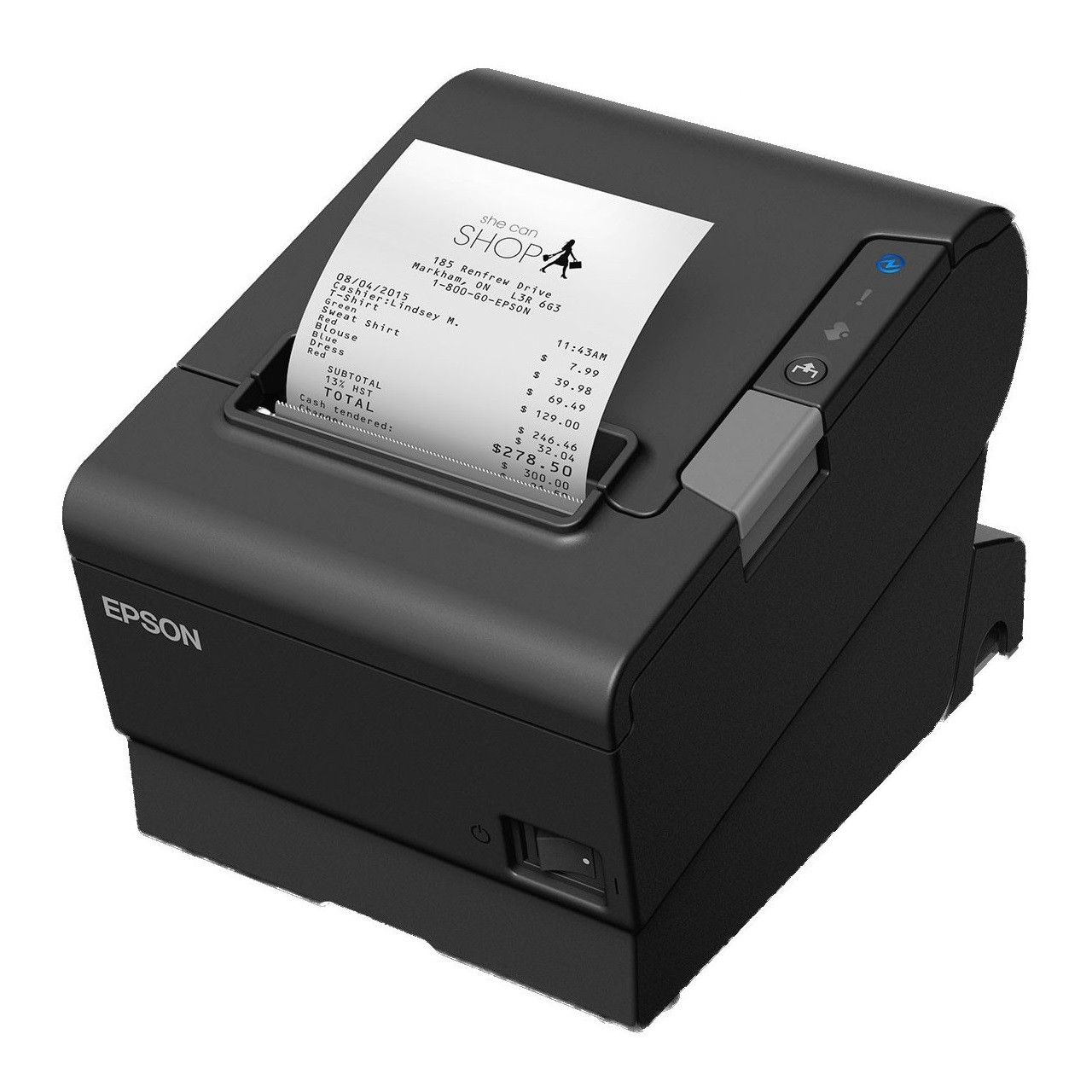In today’s tech-savvy world, thermal printers find usage not just in retail stores but also in medical facilities, offices, and industrial environments. They are celebrated for their speed, efficiency, and low maintenance. But how does a thermal printer work? Let’s dive into understanding this fascinating technology in detail.
The Basics of Thermal Printing
Thermal printing is a digital printing process that produces printed images by selectively heating coated thermochromic paper, or thermal paper. When the paper passes over the thermal print head, the coating turns black in the areas where it is heated, creating an image.
Types of Thermal Printing Technologies
Thermal printers can be broadly divided into two types based on the technology they employ: direct thermal printing and thermal transfer printing.
- Direct Thermal Printing
- Involves the use of thermal paper that is chemically treated such that it changes color when exposed to heat. This type of printer does not require ink, toner, or ribbon.
- The downside of direct thermal printing is that the printouts can fade over time and are sensitive to light and heat.
- Thermal Transfer Printing
- Uses a ribbon coated with wax, resin, or a combination of both, which is heated by the print head. This transfers ink from the ribbon to the paper.
- Thermal transfer printers are ideal for producing high-quality, durable labels, including barcodes, that can withstand environmental stressors.
Components of a Thermal Printer
Understanding the components of a thermal printer is critical to appreciating its functionality. Here are the primary components:
- Thermal Print Head
- The core piece of hardware that heats specific areas to produce the image, containing hundreds of tiny heating elements.
- In direct thermal printing, the print head applies heat directly to the thermal paper. In thermal transfer printing, it warms up the ribbon to transfer ink onto the surface of the paper.
- Platen Roller
- A rubber roller that feeds the paper or label material through the printer and presses it against the print head.
- Controller Board
- Acts as the brain of the thermal printer, managing inputs and outputs, and controlling the print head.
- It interprets the data coming from the connected device (computer, POS system, etc.) and directs the print head to generate the desired image or text.
- Ribbon
- Present only in thermal transfer printers, with layers of wax, resin, or a combination thereof, that are melted by the print head to transfer ink onto the paper.
- Different types of ribbons cater to different kinds of printing needs.
Working Mechanism
Direct Thermal Printing Process
Direct thermal printing is straightforward and does not require a ribbon. Here’s how it works:
- Initialization
- The printer receives a command from the connected device, delivering data to the controller board. The data might be anything from text to complex barcodes or images.
- Heating
- The controller board processes the data and sends instructions to the heating elements on the thermal print head. Each element corresponds to a tiny pixel.
- Contact with Paper
- The thermal print head heats specific areas on the thermal paper, causing the heat-sensitive coating to turn black.
- Paper Advancement
- The platen roller moves the paper forward, allowing the print head to continue applying heat and creating the image line by line.
Thermal Transfer Printing Process
The process for thermal transfer printing is slightly more complex due to the involvement of the ribbon:
- Initialization
- Similar to direct thermal printing, the printer receives data and processes it through the controller board.
- Heating
- The print head heats specific elements that correspond to the image or text to be printed.
- Ribbon and Paper Contact
- The heated elements on the print head press against the ribbon, melting the ink (wax/resin) onto the paper.
- The platen roller ensures that the paper is in close contact with the ribbon when the ink gets transferred.
- Advancement
- Both the ribbon and paper advance in sync. The spent ribbon is wound onto a take-up spool, while the paper moves forward, presenting the printed output.
Advantages of Thermal Printing
Speed and Efficiency
One of the standout benefits of thermal printers is their ability to print at high speeds. This makes them ideal for environments where quick, efficient printing is necessary, such as retail point-of-sale (POS) systems and shipping labels. Thermal print heads can achieve print rates upwards of several inches per second, ensuring rapid output.
Low Maintenance
Thermal printers boast of minimal maintenance requirements. Since direct thermal printers don’t use ink or toner, there are fewer materials to replace. Thermal transfer printers do have ribbons to replace, but the absence of more complex ink or toner systems still equates to less upkeep.
Durability
Thermal printers, especially thermal transfer printers, produce prints that are highly durable and resistant to smudging and environmental factors such as moisture and UV light. This is why they’re widely used for printing labels and barcodes on items that will endure rough conditions.
Versatility
The versatility of thermal printers in terms of the materials they can print on and the types of items they can produce is another significant advantage. Whether it’s labels, receipts, shipping tags, or wristbands, thermal printers can handle a wide variety of media.
Cost-Effectiveness
Despite the upfront cost of purchasing a thermal printer, the long-term operational costs tend to be lower when compared to conventional inkjet or laser printers. The lack of need for ink or toner in direct thermal printers contributes to cost savings over time.
Limitations of Thermal Printing
While thermal printing offers many advantages, it is not without its limitations:
Sensitive Media
Direct thermal paper is sensitive to heat and light. This means that any exposure to temperatures above room temperature or sunlight can result in the printed material becoming discolored or unreadable. Therefore, it is not suitable for applications where the printed output needs long-term durability.
Ribbon Costs
In thermal transfer printing, though durable, ribbons still require regular replacement. This can add to the operating costs. Plus, finding the right type of ribbon compatible with the printer and the media being used can sometimes be troublesome.
Print Quality
While good for text and basic graphics, thermal printing generally does not achieve the same level of detail and color variation as some other printing technologies like inkjet or laser printing. For high-quality, detailed color images, other printing techniques may be more appropriate.
 Applications of Thermal Printers
Applications of Thermal Printers
Retail POS Systems
Thermal printers are extensively used in retail point-of-sale systems. Their speed and ability to produce clear receipts quickly make them an ideal choice.
Shipping and Logistics
Thermal printers are crucial in logistics for generating shipping labels and barcodes that can endure the shipping process without degrading. The durability of thermal transfer prints makes them well-suited for this role.
Medical and Healthcare
From printing wristbands for patient identification to producing reliable and readable labels for samples, pharmacies, and records, thermal printers play a significant role in the healthcare sector.
Manufacturing
Thermal printers are integral in manufacturing for labeling products and packages. The industry relies on durable and clear labels for inventory management and tracking.
Innovations and Future Prospects
Improved Print Heads
Continued advancements in thermal print head designs are expected to result in better resolution, faster printing speeds, and enhanced durability. These improvements will further broaden the applications and efficiency of thermal printers.
Expanded Material Compatibility
Research is ongoing into developing thermal papers and ribbons that can withstand a broader range of environmental conditions. This will extend their utility in various applications, making thermal printing more versatile than ever.
Integration with IoT
As we move into an era where the Internet of Things (IoT) is becoming ubiquitous, thermal printers are being integrated with smart systems for automated printing solutions. This is particularly useful in logistics and manufacturing for real-time inventory and process management.
Conclusion
How does a thermal printer work
Thermal printers hold a crucial place in modern printing technology due to their efficiency, speed, and versatility. Understanding how does a thermal printer work—from the basic principles of thermal paper and heat application to the specific mechanics of direct thermal and thermal transfer printing—gives us better insight into why they’ve become so essential across various industries.
Despite some limitations, ongoing advancements promise to make thermal printing even more capable and widespread in future applications. Whether you encounter them at the checkout counter, in a hospital, or behind the scenes in a warehouse, thermal printers are likely to be working diligently to ensure that the printed information you need is clear, accurate, and quickly available. With continuous innovation on the horizon, the utility and functionality of thermal printers are set to expand even further.


